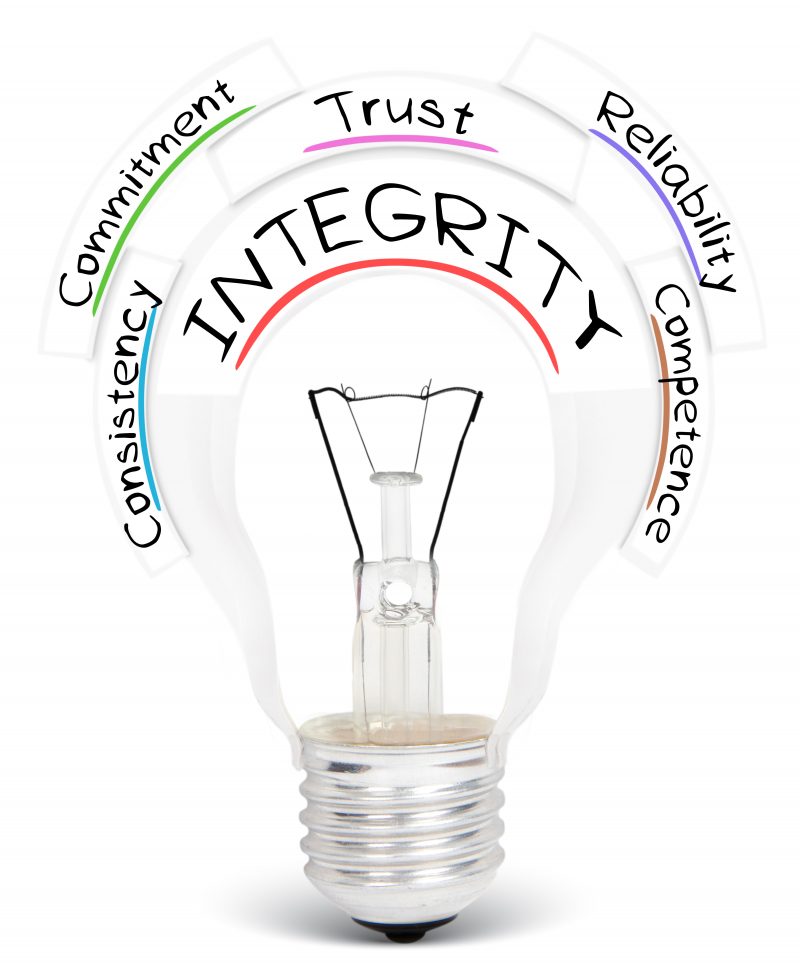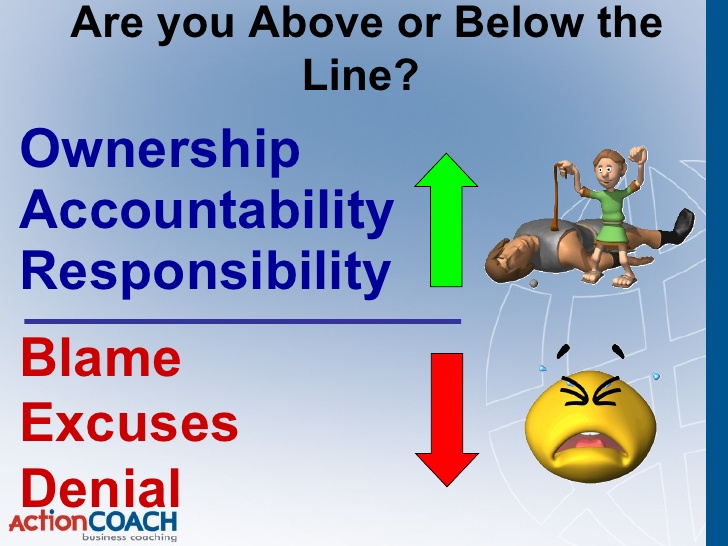
Use the Fresh Start Effect
Use the Fresh Start Effect to achieve positive change
Have you heard of the Fresh Start Effect?
Around the world, people usually start each new year by setting goals and making positive changes.
The reason that the new year can be such a great time to make changes is that the date provides a clear ‘temporal landmark’. Temporal landmarks give us an opportunity to step back, survey our lives and figure out what things we’d like to tweak.
At new year, we set goals to harness the energy of a resolution and create what’s known as the Fresh Start Effect.
It is important, however, to make sure that you understand what you’re trying to achieve, and create goals that are more likely to succeed.
Making changes or starting something new is easier with these techniques:
Making a public commitment
Announce your new goal on social media. If your friends and family get behind your goal, you’re more likely to be accountable and more likely to succeed.
Join a group
If you want to pick up a sport, start a new hobby, or pick give something up, consider joining a group. Again, this is a great way to create accountability. If you’re worried about letting down other people, you’re more likely to commit or show up!
Be specific
When you’re setting goals, be exact. If you want to make your business more efficient, know what this means in practice. For example, implementing the right apps to help automate some of your core processes requires research about what is going to suit your business the most. Set your goal with dates and times in mind about what you're going to research and when. And put them into your calendar.
Talk to us about automation
If your Fresh Start for 2020 involves implementing automation, talk to us. We can review you business processes and identify the automation opportunities, helping you choose the best apps to drive your business efficiently.








